Kian Golzari (Foundr) – The Product Sourcing Blueprint
$ 1997.0 Original price was: $ 1997.0.$ 26.0Current price is: $ 26.0.
| Title | Number of Products | Discount |
|---|---|---|
| 15 % Off | 2 - 3 | 15% $ 22.1 |
| 20% Off | 4 - 5 | 20% $ 20.8 |
| 25 % Off | 6 + | 25% $ 19.5 |
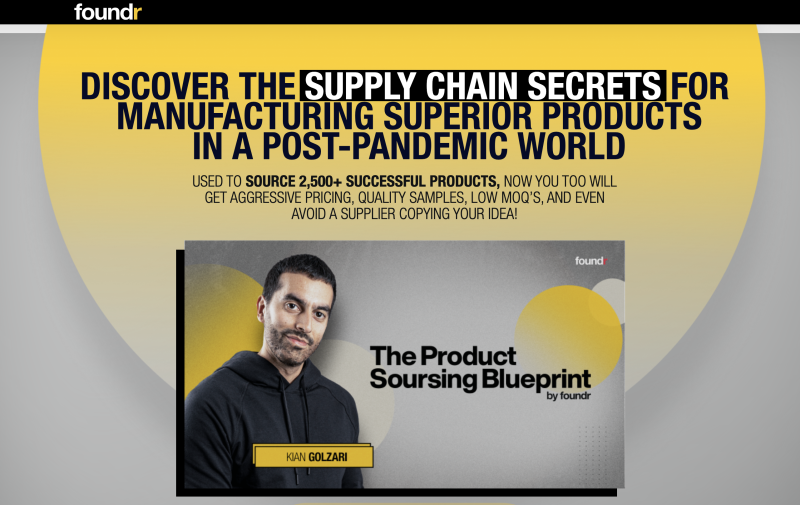
WHAT YOU GET?
MODULE 1:KIAN’S UNBEATABLE
SUPPLIER SYSTEM
Reliable suppliers help grow your business for free. In this module, you’ll get started by going through the foundational aspects of sourcing like a pro and dive deeper into Kian Golzari’s unbeatable supplier system.
- Lesson 01: Introduction to Supply Chain
Discover why it’s important to develop great supplier relationships and business processes for your ecommerce business and how Kian’s vast knowledge can help you shorten the learning curve.
- Lesson 02: Product Development course summary
Get a brief overview of product development, branding and packaging secrets to help you go from idea to brand real quick. No more expensive product development projects that suck your budget dry.
- Lesson 03: Find the best suppliers online
How to find suppliers—the single most important aspect of an e-commerce business that if you ignore can slow your growth and cause unending manufacturing woes. You’ll go through a few real-life examples of how it’s done.
- Lesson 04: Your First Message (that builds leverage)
Better than your own employees. Generate interest and engagement from the best suppliers and make them feel like long-term partners of your business without sacrificing on profits. Get off on the right foot.
- Lesson 05: Dig Deeper Than the Competition
Do this to avoid spending thousands on products that don’t give you any edge in the marketplace. Learn where to find your competitor’s favorite suppliers, match and exceed their quality and price, and enjoy better terms.
MODULE 2:FINDING SUPPLIERS
OUTSIDE OF CHINA
Never rely solely on China for all your manufacturing needs. In this module, you’ll learn how brand new businesses are sourcing products outside of China and sometimes even the USA in order to sell more and scale faster.
- Lesson 01: Sourcing Outside of China
Did you know that sourcing raw materials or even finished goods outside of China can dramatically lower your costs in some cases? If you’re not getting quotations from countries like Vietnam, India, and Bangladesh, you’re missing out on your potential competitive edge.
- Lesson 02: Sourcing from the USA
It doesn’t just reduce America’s dependence on foreign suppliers. Big institutions are moving their supply chain back to the USA as it gives them shorter lead time, stronger relationships and often, a clear boost in consumer confidence.
- Lesson 03: Trade Shows
Not all trade shows are equal. Discover the 3 most important Chinese and domestic trade shows that will empower you with the highest quality info on the markets, trends, competition, prices, products, consumers and standards.
MODULE 3:PRICE AND QUANTITY
Have you ever wanted to be just right on the price and terms when you speak to suppliers? No going back and forth, haggling. Well, don’t miss a minute of this module. This speeds things up like nothing else.
- Lesson 01: How to negotiate your price
STOP if you think you can’t be an expert negotiator. Once you know the actual price of the product you’re sourcing and understand the manufacturing steps, you’ll instantly become one. All while building long lasting relationships.
- Lesson 02: External Factors that Affect Price
Even total beginners can negotiate much better than older, established businesses. The secret lies in knowing the cost of raw materials and labor in their local currency. Help them help you.
- Lesson 03: Costings – Using Kian’s calculator
Just think about how you can’t ever overpay for your products. With Kian’s costing formula and calculator, you’ll instantly gain confidence to stop guessing and ask for the right price for the right product.
- Lesson 04: When to negotiate the Price
Don’t leave your hard-earned money at the table. Unlike your competitors, you will know when to negotiate not only the product price but also freight price, freight terms, payment terms, packaging, warranty and lead times.
- Lesson 05: Low Minimum Order Quantities
Want a lower MOQ? Just show them the spec sheet and highlight your strength as a potential long term partner without any such commitment. You’ll be surprised at how flexible an MOQ policy can be.
- Lesson 06: Working with multiple factories
The moment you realize that your business can grow or die with your supplier, you’ll agree that you should have a backup supplier just in case. You don’t want to wake up one day feeling like it’s too late.
MODULE 4:SUPPLIER AND ORDER MANAGEMENT
You’re getting that extra information you probably can’t find anywhere else. Discover the absolute easiest way to build relationships with suppliers and manage the transfer and transformation of raw materials into finished products in your warehouse.
- Lesson 01: Benefits of Building Relationships
Exciting new ways of building relationships with your supplier. This will create a win-win situation with superior products, faster lead times, less returns, better reviews and more market share for your business.
- Lesson 02: How to Build Relationships
You can build an excellent relationship with your supplier(s) without spending time and money frequently visiting them at their factory. Learn simple gestures that make a big difference.
- Lesson 03: Align with the manufacturer that fits
What you’ll discover is that when you are aligned with your supplier’s business goals and values, it will completely change your business career for good. No one will take better care of you than your supplier.
- Lesson 04: The Sample Process
Has it ever happened that you got all excited about your supplier’s explanation of a new product and ordered it right away? I’m sure it has. Well, don’t do that. Never place an order without a confirmed sample.
- Lesson 05: Packaging, Labels and hangtags
It goes without saying that your product unboxing experience should be memorable. In addition, all your labels, hang tags and boxes should meet the packaging requirements where you’re selling into.
- Lesson 06: The Purchase Order and SC
Yes, your business needs them. Purchase orders create a legal contract between you and your supplier. And you’ll get a service confirmation in return. Both documents must be a 100% match.
- Lesson 07: Terms and Conditions of Order
You’ll need to clarify what happens in any given situation. That’s what the terms and conditions are for. You’ll know exactly what to put in yours and have Kian’s template as a starting point.
- Lesson 08: Carton markings
Do not skip this. All it takes is a few errors in your carton marks and labels and you’ll have wrecked your supply chain completely. If you’re shipping to Amazon, they’re going to mark all your units defective.
- Lesson 09: How to Minimize Going Out of Stock
Delays must never cause you to go out of stock. While no one can predict shipping delays, you can minimize production delays by planning ahead on the raw materials used. Also saves money in the long run.
MODULE 5:QUALITY CONTROL
Prevention is better than cure. When you implement a step-by-step quality control system, it eliminates the need for expensive product recalls and manufacturers are less likely to shortcut processes when they know you take it seriously.
- Lesson 01: The Quality Fade
Cut your risk of product quality fade. After a successful initial production run, it’s not uncommon for manufacturers to start substituting slightly cheaper materials or cutting corners to get work finished quickly.
- Lesson 02: Product Certifications
Certification improves trust. What kind of legal or industry standards can you get your products certified for? It can be a mandatory requirement depending on where you sell what. Can your supplier do them for you?
- Lesson 03: Pre-Shipment Inspections
Stop product mistakes before they start. Routine product inspections means that you nip any creeping product quality degradation or genuine mistakes due to miscommunication in the bud. There’s no way around it.
- Lesson 04: What to do if your inspection fails
Correct mistakes without damaging relationships. This handy lesson shows you how to get to the root of the mistake, whether genuine, casual or deliberate and salvage it at the supplier’s expense.
MODULE 6:CASHFLOW & COMPLIANCE
It’s un-entrepreneurial not to look at your cash flow. (And it’s just as unresourceful not to stretch it.) This together with compliance are the keys to eliminating stress and mess when working with manufacturing.
- Lesson 01: How to pay your suppliers
How and when you pay your suppliers makes a big difference in your cash flow. So be sure to explore all options while placing emphasis on being a reliable partner that cares. You don’t want to go the extreme.
- Lesson 02: credit terms from your supplier
Take the maximum time allowed and it can be an interest-free line of credit. And work with your supplier’s limits over a number of years so you can place bigger orders for events like Black Friday without paying for it all upfront.
- Lesson 03: Contracts, NDAs, NNNs, and IP Protection
Making contracts that cover various NDAs and IP protection clauses is fast, very easy, and nearly foolproof, and it works to prevent your competitors from cajoling your supplier to produce your products for them.
- Lesson 04: HTS codes
It’s a 10-digit system used by governments to identify and classify imported items for duty and tax purposes. And sometimes, just these tariffs alone can make your product uncompetitive in the marketplace.
MODULE 7:SHIPPING AND RECEIVING
The success and scalability of your business is only as good as the weakest link. And for many, it’s the logistics. The global shipping industry and supply chains have undergone some transformations recently and it’s good to pay attention.
- Lesson 01: Transport Methods
How the world moves products: air, road, sea and rail. The rookie almost always choses air because of speed whereas this lesson helps you choose the right one based on the situation, product size, weight, value and supplier proximity.
- Lesson 02: Incoterms
There are a set of 11 internationally recognized rules that interpret common trade terms for commercial buyers and sellers. While these are not compulsory, you want to use these terms in all your contracts.
- Lesson 03: Shipping Cargo
Now you can skip all the days you’d spend Googling container sizes, container loads, sea freight times, ground transportation costs, BL, CI, PL and COO and go straight to using the best options when necessary.
- Lesson 04: Selecting a freight forwarder
At some point in your e-commerce growth journey, you’d wish someone was there to professionally manage the shipping lines, transit times, modes of transport, routes, and document submissions. That’s a freight forwarder.
- Lesson 05: Shipping hacks
Oh no, not again! What happens if your goods arrive damaged, your container rates shoot up or your competitors spy on your shipping activity? There are ways to anticipate these and take pre-emptive actions.
- Lesson 06: 3PL
If they say, “we’ll store your items, pick and pack your orders and handle your exchanges and returns,” can you trust them? Well, here’s where you’ll learn how to properly communicate with and rate a 3PL partner.
- Lesson 07: Chinese Holidays
You’re waiting for your goods to get shipped and you realize…’tis the season—but for them. What do you do? Watch this lesson and never get caught in Chinese New Year shipping delays and production halts.
- Lesson 08: Summary
You just saved thousands of dollars in costly supply chain mistakes (presently or in the future) thanks to Kian’s systems and processes. Now, how do you make it easy to remember and easier to implement? What if you want more?
MODULE 8:BONUSES
Sometimes it’s not your fault. Suppliers are not perfect. The complexity of the supply chain industry can be a magnet for mistakes. But you can stay safe and win the long game if you follow these tips from Kian.
- Bonus 01: Molds
The molds must be easy. Yup, thanks to the advancement of molding technology it’s cheaper and faster to copy molds. However, there are ways to prevent your suppliers from sharing mold designs with others.
- Bonus 02: 10 Questions to ask your supplier
To the fast-growing e-commerce entrepreneur: you’ll soon be outgrowing your supply chain and looking for new partners you can scale with. Do you know how to evaluate them for your needs? Here are 10 questions to help you.
- Bonus 03: Sustainability
Consumers care about sustainability in an increasingly climate-challenged world. What simple steps can you take to ensure that you’re aligned with the trend and actually profit from it without taking on additional supply chain complexity?
- Bonus 04: 7 Rookie Sourcing Mistakes to avoid
True, everyone makes mistakes when it comes to an e-commerce supply chain. But this may help you catch yours early and course-correct so that you avoid going through a harrowing experience like losing a million dollars.
- Bonus 05: Sourcing Terms explained
Meet the great supply chain wizard that doesn’t exist. This short glossary will help you break down a multitude of terms that are commonly used in the industry and make you look sophisticated in the eyes of a supplier.

Be the first to review “Kian Golzari (Foundr) – The Product Sourcing Blueprint” Cancel reply
You must be logged in to post a review.
Related products
Product For Sale
Product For Sale
Affiliate Marketing
Product For Sale
Email Marketing

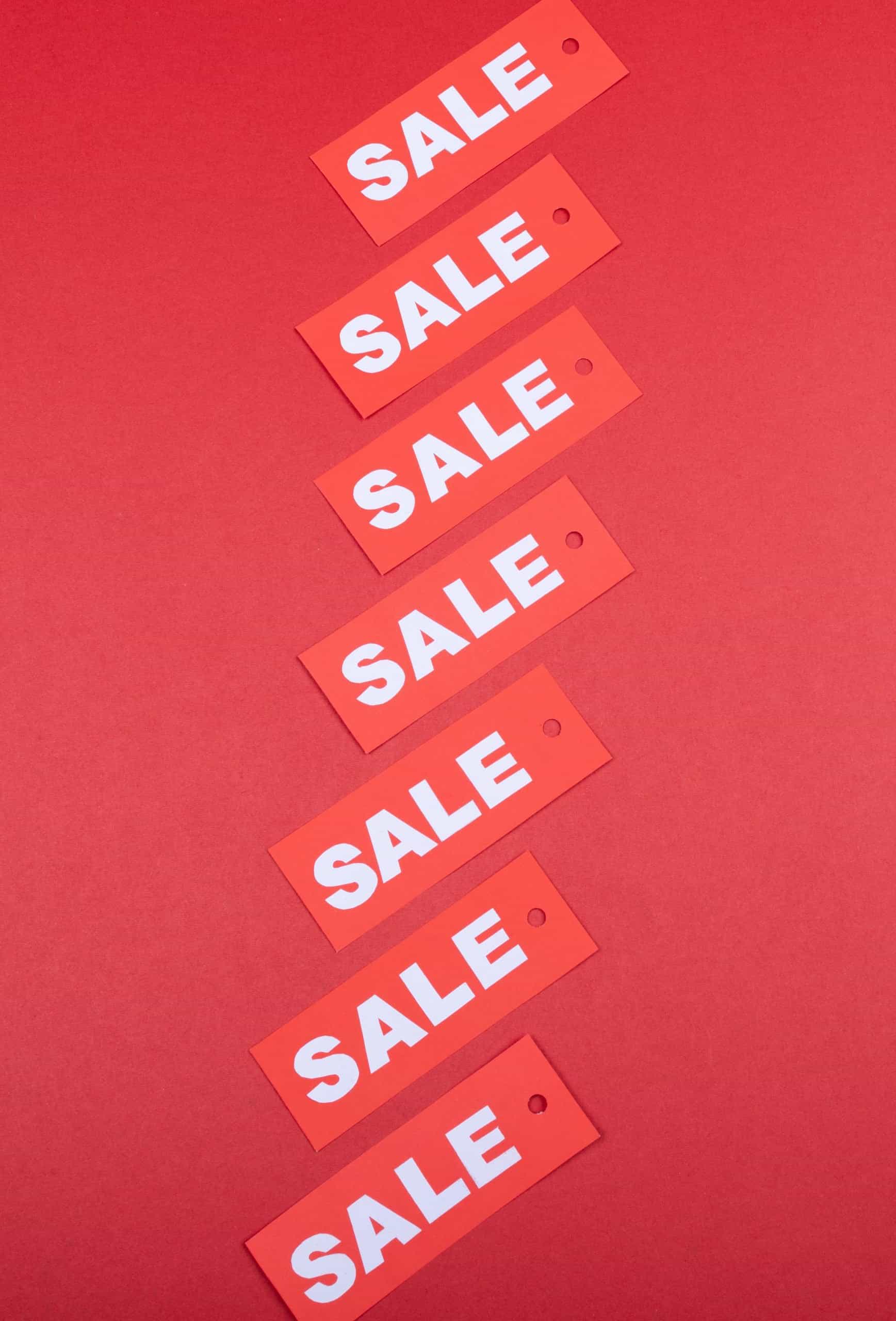

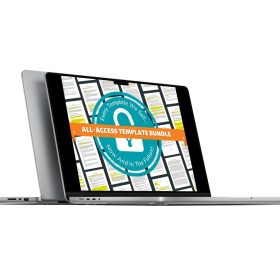
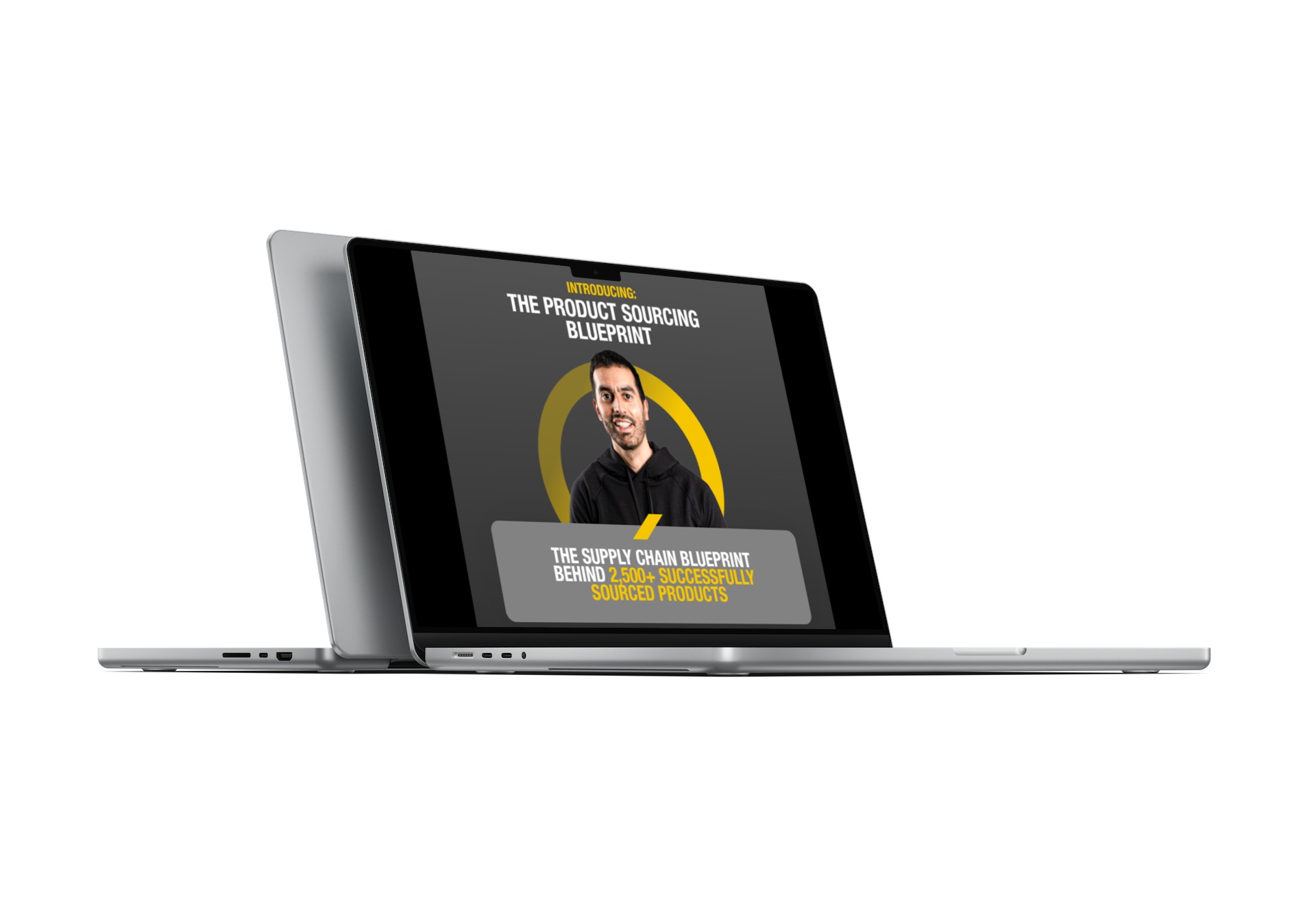
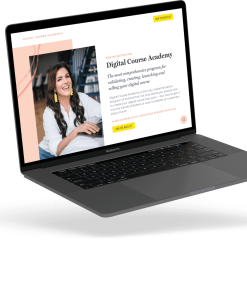
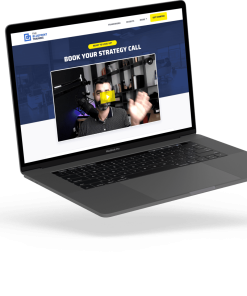
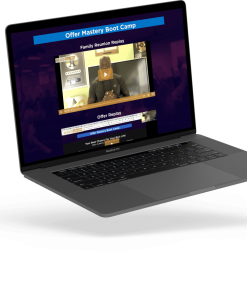
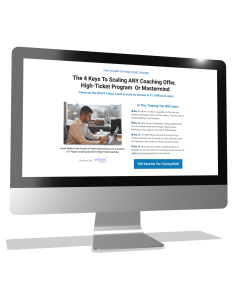
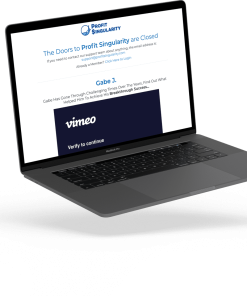
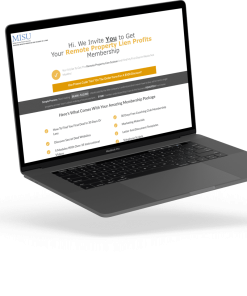

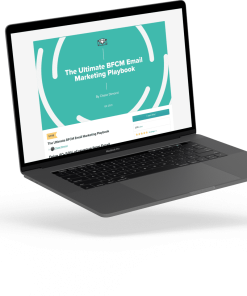
Reviews
There are no reviews yet.